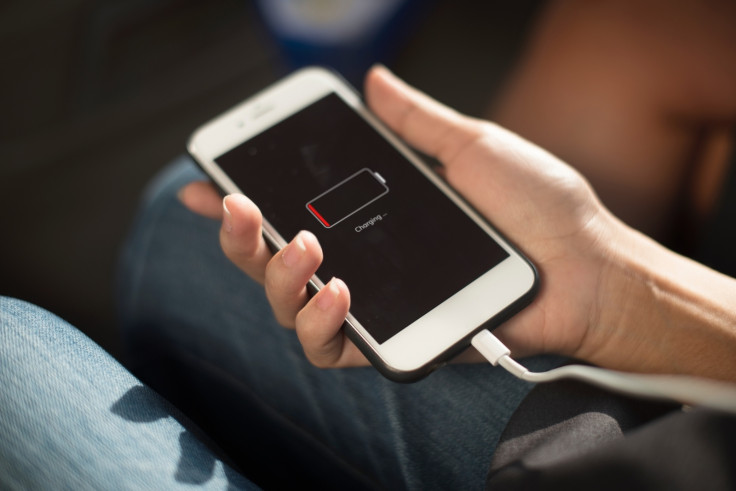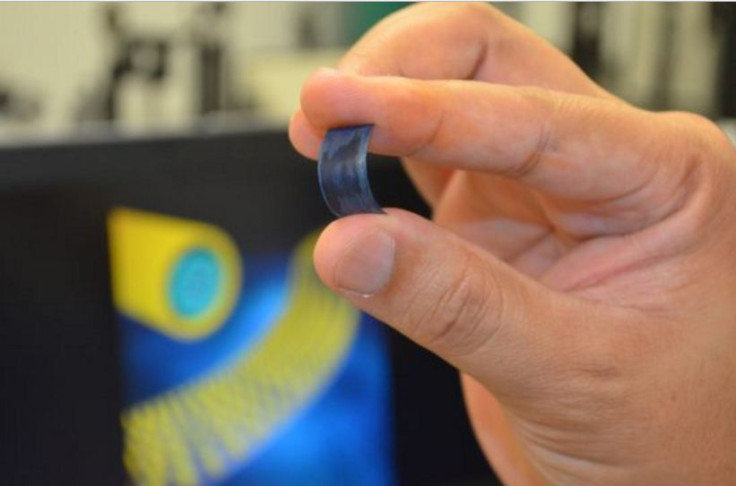This breakthrough in battery technology could charge your phone in seconds
Canadian scientists boost supercapacitor tech with nanotechnology.

Smartphones and tablets have evolved in recent years into computing powerhouses, but the traditional old battery has stayed largely the same – remaining one of the worst aspects of modern technology. In some cases, they degrade. For Samsung, they explode.
But new research suggests there is still hope. A paper published this week by Canada's University of Waterloo showed how nanotechnology could be used to power a new type of energy-storage device known as a supercapacitor and, in turn, help fuel devices in seconds.
The breakthrough roughly doubled the amount of electrical energy that charging units could potentially hold and may soon be used in consumer devices.
Supercapacitors are billed as an alternative to current batteries - with benefits including improved safety and reliability, in addition to much faster charging - but so far real-world applications of the technology have been limited by their lower storage capacity.
That is slowly changing. "The ability to charge cellphones in seconds is one step closer," the team said.
The university experts, led by professor of chemical engineering Michael Pope, have developed a new method that coats thin layers of a conductor called graphene with an 'oily liquid salt' in the supercapacitor's electrodes - boosting its overall capacity.
Increasing the storage capacity of supercapacitors means they will soon be made small and light enough to replace traditional batteries.
"We're showing record numbers for the energy-storage capacity of supercapacitors," said Pope. "The more energy-dense we can make them, the more batteries we can start displacing."
Pope said supercapacitors could displace lead-acid batteries in cars very soon, but long-term they will help to power smartphones and laptops.
"If they're marketed in the correct ways for the right applications, we'll start seeing more and more of them in our everyday lives," he said. The paper was published in the journal ACS Nano.
Pope's team is far from the only scientific group working on the technology.
In November last year, experts from the University of Central Florida's NanoScience Technology Centre developed a new process for creating "flexible supercapacitors" that could store more energy and be recharged more than 30,000 times without degrading.
"If they were to replace the batteries with these supercapacitors, you could charge your mobile phone in a few seconds and you wouldn't need to charge it again for over a week," said Nitin Choudhary, a UCF associate who spearheaded much of the cutting edge research.























